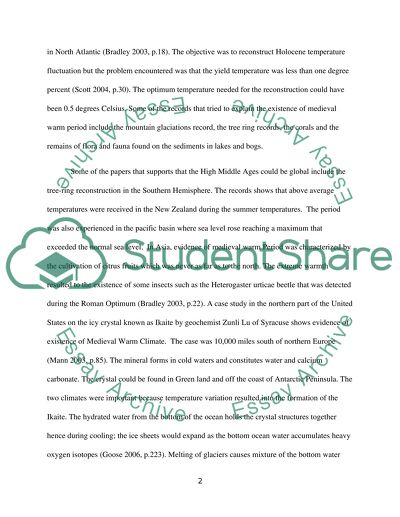Cite this document
(“Medieval Warm Period Essay Example | Topics and Well Written Essays - 3000 words”, n.d.)
Retrieved from https://studentshare.org/geography/1450157-discuss-the-contention-that-the-medieval-warm
Retrieved from https://studentshare.org/geography/1450157-discuss-the-contention-that-the-medieval-warm
(Medieval Warm Period Essay Example | Topics and Well Written Essays - 3000 Words)
https://studentshare.org/geography/1450157-discuss-the-contention-that-the-medieval-warm.
https://studentshare.org/geography/1450157-discuss-the-contention-that-the-medieval-warm.
“Medieval Warm Period Essay Example | Topics and Well Written Essays - 3000 Words”, n.d. https://studentshare.org/geography/1450157-discuss-the-contention-that-the-medieval-warm.


